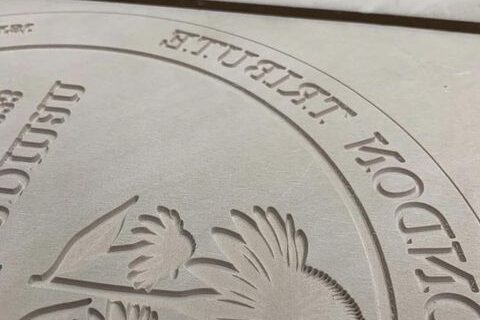Honoring the Forgotten: Blue Plaques for Jack the Ripper’s Victims
For well over a century, the infamous crimes of Jack the Ripper have overshadowed the lives of his victims, whose identities have often been eclipsed by the morbid allure of their tragic deaths. Now, however, these women are finally receiving a lasting tribute in the form of blue plaques, commissioned by author and researcher Russell Edwards, to memorialize their lives rather than their brutal fates. These plaques are in the process of being created, each cast bearing the name of a victim to ensure they’re remembered as individuals who were once part of East London’s vibrant, working-class community.
Russell Edwards, well-known for his extensive research on the Ripper case, felt a personal calling to help restore humanity to the women whose lives were cut short. His recent project to create blue plaques for each victim is an effort to shift the narrative from the horror and mystery surrounding Jack the Ripper to a respectful remembrance of the women themselves.
Who Were the Victims?
The five canonical victims, often referred to as the “canonical five” in Ripper history, include Mary Ann Nichols, Annie Chapman, Elizabeth Stride, Catherine Eddowes, and Mary Jane Kelly. These women, who lived precarious lives in the slums of Whitechapel, were often struggling to survive, like many in London’s East End. Though they lived over a century ago, their struggles and resilience reflect those of many who inhabited—and continue to inhabit—the area.
Each plaque will honor the life of one of these women, providing her name, birth and death dates (where known), and a few words that speak to her life and humanity.
The Blue Plaque Process: An Update
The blue plaques for the Ripper’s victims are currently in the mold-making phase, with the artist working meticulously to capture the respectful design intended for these memorials. Russell Edwards has shared a photo update of the molds in progress, revealing a glimpse into the process of crafting these solemn tributes. Each mold is being carefully shaped and refined, with attention to detail that will ensure the plaques are not only historically accurate but also visually impactful. The image shows the molding process as a respectful and dedicated endeavor, with the artisans working to bring dignity to the plaques that will carry the victims’ names.
Once these molds are finalized, they’ll be cast in durable materials and painted in the classic blue color that marks historical sites throughout London. The plaques will not only mark the lives of the women lost to one of history’s darkest figures but will also stand as a permanent reminder to the public that these were real people—each with a story and a place in the world beyond the shadow cast by their deaths.
A Tribute Long Overdue
Russell Edwards’ project is a powerful step toward reclaiming the humanity of the Ripper’s victims. These blue plaques will offer Londoners and visitors a chance to honor the lives of the women who have too long been remembered only as victims. Placing their names and stories in prominent view, the plaques also serve as a historical marker, reminding us of the social conditions of Victorian London that affected the lives of so many.
As these plaques continue to take shape, it’s clear that the narrative surrounding Jack the Ripper is beginning to shift, with a renewed focus on those who bore the real cost of his crimes. The blue plaques will serve as a permanent reminder, urging us to remember them as individuals and as part of London’s enduring history.
Through this endeavor, Russell Edwards is helping to rewrite a part of East End history—one that restores the dignity and identity of the women behind the mystery. So next time you find yourself in Whitechapel, look for these blue plaques and take a moment to reflect on the lives they represent.






